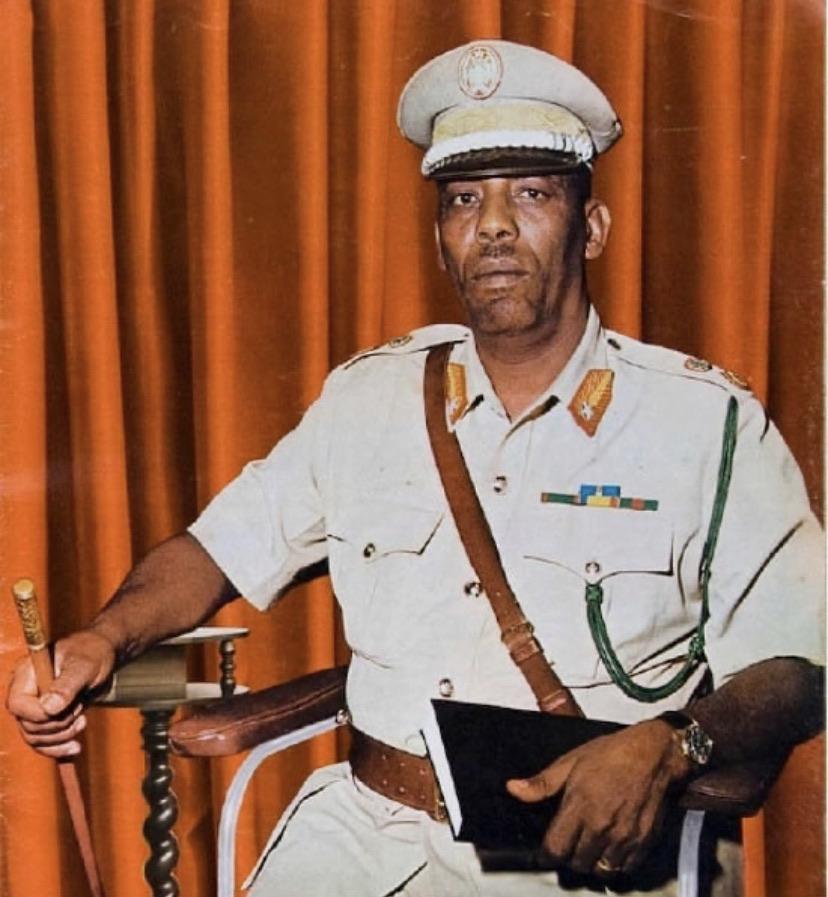
Somalia under Siad Barre (1969- 1988)
The ancestors of modern-day Somalis started living in present day Somalia around 750 A.D. During the scramble for Africa, the area around Djibouti was occupied by the French, the northern region long the Gulf of Aden all the way down south to Kenya was grabbed by the British. Throughout the 1930s and 1940s there were many power struggles that shifted land ownership in that region several times.
After the British forces defeated the Italians, they restored independence in Ethiopia and tried to unite all the Somali territories into a single state but eventually they returned Ogaden to Ethiopia. In 1942, the Somali Youth League (SYL) was created with the intention to resist any moves to divide the country and eventually fought for independence. The SYL won the 1964 election but was not able to effectively rule the country. Later, in the 1969 election the President was assassinated. Major General Siad Barre led a coup and made himself head of government. He dissolved the old parliament and arrested many of the leaders.

Under Barre’s leadership, the Supreme Revolutionary Council (SRC) adopted a socialist philosophy and the country was renamed Somali Democratic Republic. As a result of that decision, they formed a stronger bond with the Soviet Union and worked to improve social welfare programs, literacy and agricultural production. In 1979, a new constitution created a people’s assembly whose representatives served a five-year term and the President a six-year term. The Supreme Revolutionary Council (SRC) which became the Somali Revolutionary Socialist Party (SRSP) maintained a strong hold on power.
Somalia joined the Arab League in 1974 but still maintained strong ties with the Soviet Union which continued to offer them military and economic assistance. When the Ethiopian monarchy collapsed, Somalia supported the Western Somalia Liberation Front (WSLF) and the Abo Liberation Front in Oromo in a bid to take over Ogaden. By 1977, they had launched a full-fledged guerilla attack to take over Ogaden. However, this created tension with the Soviets who at the time were backing Ethiopia. The tension ruined the relationship Barre had with the Soviets, so he turned to the Americans. The Somali government turned to America as an ally and in exchange allowed the Americans to set up a military base at the Port of Berbera in exchange for economic and military aid. The Americans made a perfect ally because they were at odds with the Russians during the cold war period.
Ethiopia waged a counterinsurgency which supported Somali dissidents who waged a failed coup in April 1978. 17 people associated with the coup were executed. However, other groups also started attacking Somalia. Barre announced a three-year state of emergency in 1979. In 1981, the Somali Democratic Salvation Front (SDSF) attacked and took over two villages close to the Ethiopian border. In 1983, the Somali National Movement (SNM) started launching attacks against the government but Barre undercut them by offering amnesty that was accepted by 200 members of the SDSF. He also signed a border peace pact with Kenya in 1984. By 1988, he signed a pact with Ethiopia to abandon the Ogaden insurgents.




1 Comment
by Stella the African
This account puts present day Somalia in context. Now it is clearer when we understand the true history.
Comments are closed.